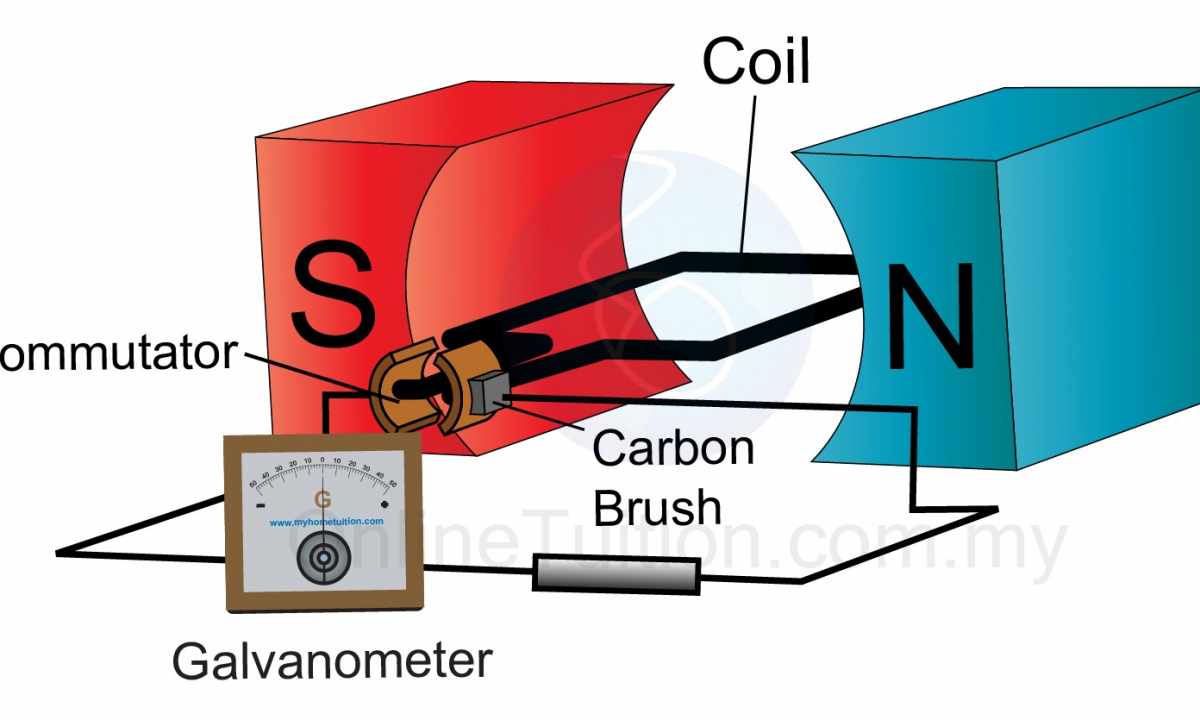The alternating current generator is one of the most widespread devices transforming rotation energy to voltage. The generator can be met everywhere, beginning from huge halls of hydroelectric power station and finishing with the normal car. In what way electric current is generated?
Main parts of the alternating current generator
Two main parts enter product design: the stator (motionless element), the rotor (the rotating part). In the stator which is hollow cylinder the magnetic system consisting of the steel sheets mounted in package is located. In them there are grooves isolated by dielectric (usually use ftorplastovy film), in which windings from copper wire are located. Each coil is one phase (all them 3) in which rounds connect consistently or in parallel. The part of the coil acting from grooves is called front connection. At each of three windings on one conclusion connect in the general point which "is not operated" and is carefully isolated from the body and other parts (such connection is called "star"). The received stress is removed since other three ends.
The rotor – the massive core with excitation winding manufactured of steel. The shaft can be located horizontally that is characteristic of the majority of designs, or vertically, - such method of installation practices on hydraulic turbines. The working generator can be cooled with air, water, oil and even hydrogen.
Principle of work
At the heart of operation of the generator – electromagnetic induction. To receive alternating voltage, the coil at which there is direct current is necessary. It will cause formation of magnetic field which is formed in exciting winding. The steel system with poles which will bring magnetic field to coils, called stator winding is also necessary. During rotation of the rotor opposite to coils of the stator appears in turn the "southern" pole, "northern". How does it occur in practice? The stator winding which is power is in motionless state. The rotor is set in motion in the mechanical way: it can be flow energy of water, wind or the chain, belt gear transferring rotation energy from, for example, automobile engine. That the generator has begun to work, on its winding of excitation it is necessary to give tension. The electromagnetic field which by means of the rotating rotor induces tension in stator coils is as a result created. At increase in tension on exciting winding tension on coils of stator winding and vice versa increases. Giving of tension on the exciting coil can be carried out also from the generator. In similar case it is considered that the generator is self-excited.

